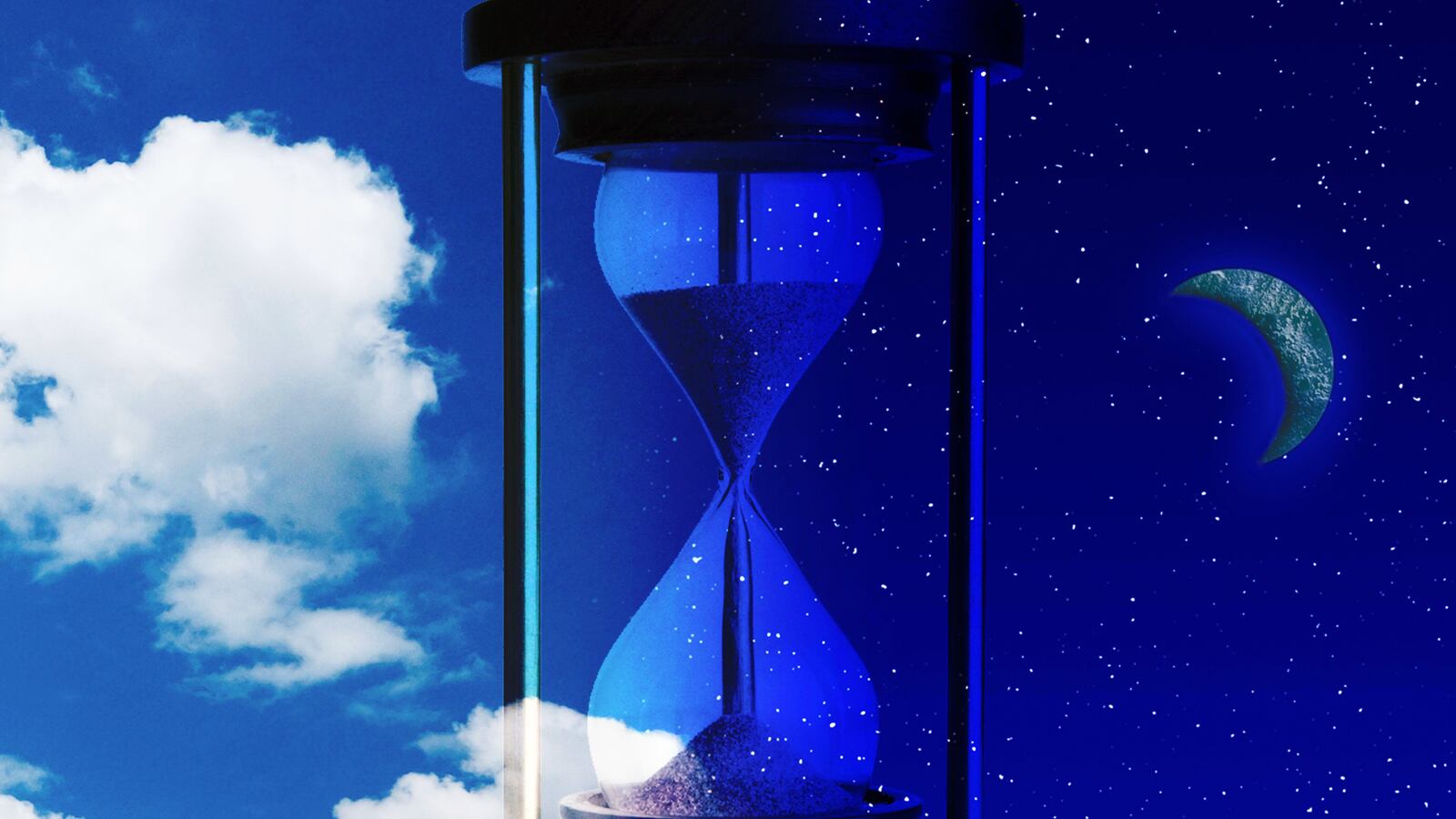Daylight Saving Time (U.S.) 2017 begins at 2:00 a.m. Eastern Standard Time (EST) on Sunday, March 12. Set your clocks forward one hour to 3:00 a.m. Eastern Daylight Time (EDT) in order to “spring forward” to Daylight Time.
Note: Arizona and Hawaii do not observe the time shift and Daylight Saving Time is only observed in 78 countries around the world. This article was previously published as a guide for the end of Daylight Savings 2016.
This year marks the 101st anniversary of daylight saving time; it also marks around a hundred years of misconceptions about DST.
First off, daylight saving time was not proposed by farmers; Heck, it’s not even supported by farmers—and never has been.
According to Dr. David Prerau, author of the book Seize the Daylight: The Curious and Contentious Story of Daylight Saving Time, farmers have been opposed to DST since the very beginning and in fact, have “always been the number one group against it.”
The story of DST, Dr. Prerau told The Daily Beast, can be traced back as far as Ben Franklin, who, as the American envoy to France, pioneered the concept that Parisians could make better use of daylight– and potentially save money on candles– by waking up earlier in the morning.
Yet, because standard timekeeping was not yet established in 18th century Europe, Franklin cannot truly be considered the father of daylight saving time as we now know it.
The official history of DST dates back to the early 1900s in Great Britain, Dr. Prerau asserts, where William Willett proposed that the government could help “save” the wasted daylight that people were sleeping through.
While Willett’s idea was initially laughed out of parliament, in 1916, the Germans implemented a Daylight Saving plan during World War I as a means to conserve energy for the war effort. Britain followed suit, as did the United States once they became involved in the Great War in 1918.
Daylight saving was quickly abandoned after World War I as it was “fantastically unpopular,” Tufts University professor Michael Downing, author of Spring Forward: The Annual Madness of Daylight Saving Time told The Daily Beast. It was later reinstated during World War II “under the auspices of saving energy for the war effort, but was still unpopular at a national level. It wasn’t until 1966 that the U.S. got its first national daylight saving– the Uniform Time Act of 1966– in large part based on the concerted efforts of The Chamber of Commerce.”
That’s right. National daylight saving policy wasn’t developed for the benefit of farmers, it was actualized based on lobbying on behalf of department stores.
Think about it. Back in the 20th century, farmers woke up with the sun, regardless of “standardized time,” but used those early hours of morning light to harvest their produce and bring it to market. As Downing explains,
In 1915, if the sun rose at 6 o’clock in the morning and markets opened up at 9 o’clock, farmers would have three hours to milk their cows, harvest their crops, and bring all their goods to market. The next year, if you turn the clock ahead, the farmers now only have two hours of daylight to do the same work.
The department stores on the other hand, loved the extra hour of daylight in the evening. They saw “a huge uptick in business” as laborers headed home from work had more time to stop and shop without worrying about returning home in the dark. The Uniform Time Act of 1966 was, at its heart, “a retail spending plan.”
This is still the case today.
The biggest proponents of daylight saving time today are the Golf Industry and the Barbecue Industry, according to Downing. “At Congressional hearings on daylight savings in 1985, 1986, the golf industry– by itself– said that one extra month of daylight savings would be worth $400 million in additional green fees and equipment sales. The barbecue industry said it would be worth $200 million in additional sales of grills and barbecue briquettes.”
In fact, the period of daylight saving submitted in the Uniform Time Act of 1966 was only six months. In 2016, DST is eight months. Retail lobbyists petitioned in 1985 for an additional month of daylight saving; they came back in 2005 for another month.
“Home and garden suppliers, big box repair stores, sports and recreation lobbies are the principal beneficiaries. Golf benefitted right from the start, since they are the last major sport whose courses are too big to be artificially illuminated. Early in the century, baseball was a huge fan– they could get workers and school kids to full games with that extra hour of light.”
Alright, so daylight saving time isn’t for farmers; but we must be saving something right? Isn’t DST good for the environment?
Wrong again. Well, maybe.
According to Dr. Prerau, daylight saving time is useful for reducing energy consumption because it “prevents big peaks of energy; it smooths the use of energy over the day, which cuts the peak usage.” Since users typically rely on the least efficient energy sources during peak periods, while the total energy use over the course of the day remains the same, more efficient energy sources can be used.
Sounds good, right? Well, according to Downing it’s a bunch of hocus-pocus.
“Daylight savings is in no way saving resources. As late as the year 2000, the Department of Energy kept insisting it was, without any evidence, using speculative studies that tried to bolster the argument that it was.” Downing asserts that even the Department of Transportation, who became the authority for time zones back in 1966, has “officially given up the energy saving theory.”
In 2008, a breakthrough study from The University of California at Santa Barbara showed once and for all, that DST likely creates an increased demand for energy in the U.S.
The study made use of a “natural experiment” in Indiana, which officially switched to a uniform, statewide DST in 2006. Finally able to measure first hand how demand for energy changed based on daylight saving, the researchers found that the 2006 DST adoption in Indiana increased energy consumption by around 1 percent. Energy costs to the Hoosiers were estimated to be as high as $15 million, according to Downing.
“Most commercial buildings don’t turn off HVAC [heating and cooling systems] at night. So there’s no longer a predictable saving to be had simply for changing the clocks. We’re running a 24-hour economy.”
That’s part of the reason farmers don’t care too much about daylight saving time anymore either, Downing added. “Agribusiness is a 24-hour operation now as well.”
So the biggest benefit of DST isn’t energy saving at all. It’s public health.
“The biggest benefit is that most people find the extra hour of daylight more useful in the evening than in the morning, so it's a quality of life benefit,” Dr. Prerau told The Daily Beast. “People are happy to have an extra hour of daylight that's more usable for them, so instead of sitting inside and watching tv they go out and take a walk or play some sport or are more active.”
One final myth to bust about daylight saving time? The name.
Contrary to popular belief, the official name is daylight saving time, not daylight savings time. The confusion, Downing told The Daily Beast, likely comes from the misconception that DST is somehow helping us “save” something.
“We’ve always been told that it’s a savings plan,” says Downing. “If we really just called it a retail spending plan we wouldn’t have the confusion.”
“There is no savings attached to it,” he continued, “we’re trying to save morning sunlight and spend it later, but we don’t end up with a savings account with any bonus in it.”
So there you have it, daylight saving isn’t some kind of energy conservation scheme; it’s a way for northerners to enjoy longer days in summer and for retailers to make more money. Next time you want someone to blame for having to reset your clocks on the second Sunday in March and the first Sunday in November, blame the golf and barbecue lobbies. Not the farmers.






